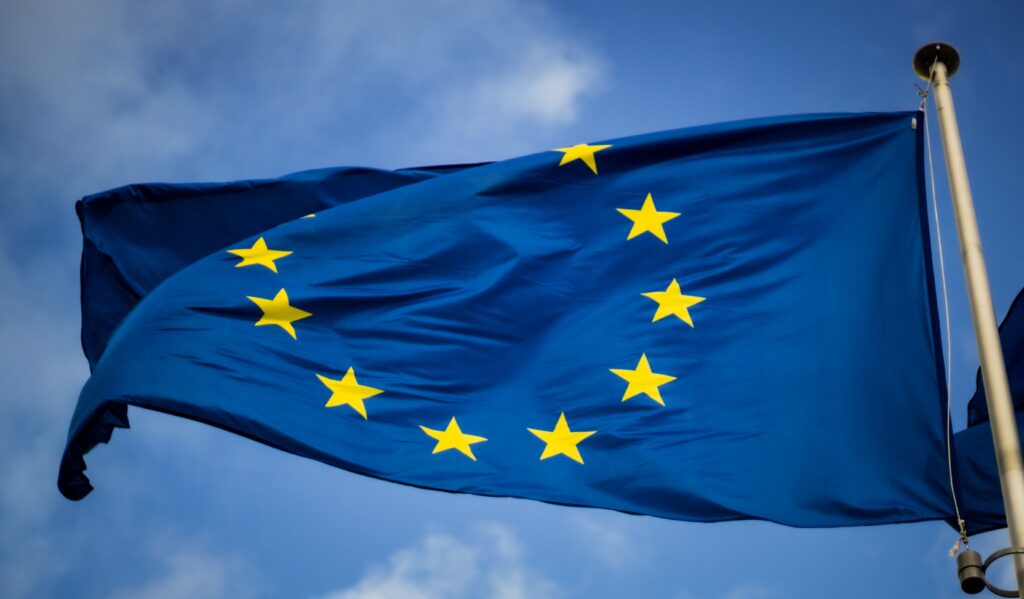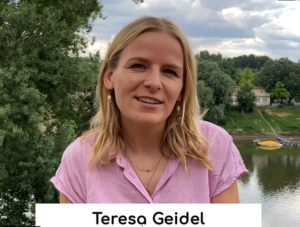
Identifying EU Nexus Challenges
Maria Blanco (professor at the Technical University of Madrid) and the EU case study team are working closely with experts, policymakers and other relevant stakeholders to define the key WEFE nexus challenges in the EU.
Climate change and an increased pressure on natural resources have been identified as some of the major challenges that will affect Europe in the coming decades. This will cause consequences such as migration, food price shocks, water scarcity, irrigation inefficiency and imbalances in energy markets. These factors will become more impactful with time and represent the key elements of our EU GoNEXUS case study.
To address socioeconomic and environmental challenges from a nexus perspective, the EU case study team has identified the most important WEFE challenges. These nexus challenges will be further discussed and refined through dialogues with stakeholders. The all-encompassing challenge is that water scarcity and pollution will have major ramifications on other sectors, such as irrigation, energy prices, food security and biodiversity. The main challenges are listed below.
Challenge #1: Growing water scarcity and water stress due to increasing water demand related to macroeconomic trends (demographic pressure, increasing food demand…) and climate change (a warmer and drier climate).
- Specifics of the challenge: Food and energy security require large amounts of fresh water. Water is one of the essential resources in both sectors, acting as a crucial component for irrigation. The demand for natural resources is likely to increase over the coming decades due to growing global population numbers and economic development. At the same time, climate change may lead to lower overall water availability. Consequentially, water scarcity, variability and uncertainty are becoming more prominent, which could lead to vulnerabilities within the energy and food sectors.
- Why this challenge matters: The EU is promoting initiatives to address water scarcity, such as investments to improve water use efficiency and the reuse of wastewater for irrigation. However, those solutions do not come without a cost. Energy requirements to transport reclaimed water from wastewater treatment plants to irrigated areas are high. While water reuse for irrigation may contribute to the reduction of water stress in coastal areas where irrigation is an important component of water demand, it may also contribute, in a more indirect way, to nutrient pollution migration. Addressing water scarcity requires paying attention to the impacts on energy demand, food security and ecosystems conservation.
- Relevance: This challenge is linked to the Water Framework Directive, the European Green Deal, the Circular Economy Action Plan (CEAP) and SDG #6.
Challenge #2: Green energy transition and the reduction of CO2 emissions
- Specifics of the challenge: Energy use accounts for 75% of EU GHG emissions, making energy system transformation an integral part of the EU’s climate ambition. The green energy transition involves a higher share of renewable energy, replacing thermal and nuclear power generation vulnerable to water availability and temperature increases. Therefore, the transformation of the power sector can help mitigate the effects of water scarcity in a warmer and drier climate. However, greening the energy system can have negative economic impacts. Furthermore, hydroclimatic scenarios also consistently show negative impacts on hydropower generation and biomass potential.
- Why this challenge matters: It is crucial to assess the impacts of climate adaptation strategies and energy policy measures from a nexus perspective, to account for the impacts not only on climate neutrality but also on water use and the agrifood sector. Additionally, assessing the ability of renewable sources to improve energy use efficiency is an essential aspect of the challenge that our work will contribute to. Through investigating this challenge, our main goal is to examine if the envisaged solutions to promote the energy transition are resilient in the context of the WEFE nexus, specifically focusing on climate neutrality, hydropower generation and biomass potential.
- Relevance: This challenge is linked to the European Green Deal, which sets an ambition for a climate neutral Europe in 2050, the Energy Efficiency Directive, Fit for Purpose, Renewable Energy Directive, and SDG #7.
Challenge #3: Reconciling water, energy and food security with ecosystems conservation (and other environmental effects)
- Specifics of the challenge: The agrifood system, which now accounts for almost a third of global greenhouse gas emissions, consumes large amounts of natural resources, contributes to soil and water pollution, and leads to biodiversity loss. Additionally, the energy sector is one of the major contributors to GHG emissions and the increase in water consumption reduces environmental flows and impacts freshwater ecosystems. Hence, we need to rethink our food systems, which now account for almost a third of global greenhouse gas emissions, consume large amounts of natural resources, lead to biodiversity loss. Promotion of sustainable agriculture may help to protect the ecosystem.
- Why this challenge matters: There are a number of areas that require further research. For example, we are investigating how the increase in energy use due to the growing energy demand for irrigation (and other related activities such as water transfers and pumping) will impact the ecosystems. Also, we are looking into how irrigation water demand can be reduced to protect natural ecosystems, how water scarcity affects the ecosystems and how we can achieve food security and sustainable agriculture production with ecosystem conservation and the sustainable use of natural resources.
- Relevance: This challenge is linked to SDG #13, 14 and 15, the Zero Pollution Action Plan (reducing pollution at source, e.g. pesticide use) and the European Green Deal (Farm to Fork Strategy, Biodiversity Strategy).
Challenge #4: Weak governance of the WEFE nexus
- Specifics of the challenge: Overall, cross-sectoral coordination of governance systems is insufficient. As a result, policy measures and regulations aiming at improving one part of the nexus often lead to overtaxing or affecting another part. The search for policies and governance mechanisms that are robust under changing conditions as well as economically and ecologically sustainable is crucial to minimize cross-sectoral trade-offs and promote synergistic actions.
- Why this challenge matters: Despite ambitious policymaking to improve resource efficiency and sustainable management of natural resources, the EU still faces complex sustainability issues at the nexus coherence between water, energy, food and ecosystems. It is important to identify the WEFE policy solutions that are effective as well as coordinated both from a sectoral perspective and a spatial perspective (from the EU to the subnational level)
- Relevance: This challenge is linked to SDG #17.
To overcome these challenges, GoNEXUS is combining expert knowledge with modelling tools at the EU level. These modelling tools include an integrated water resource and crop model (LISFLOOD-EPIC), an agricultural-food model (CAPRI), an energy model (PRIMES) and an ecosystems model (GLOBIO). These models are currently being improved to address these challenges and will help to evaluate the impacts of the EU regulatory framework on the water, energy and food sectors as well as to assess the ability of EU policies to manage WEFE nexus challenges. Ultimately, we aim to make progress towards designing more sustainable and coherent policies and solutions for the efficient and sustainable management of the WEFE nexus in Europe.
Discover here EU Nexus challenges presented in a video.
Read more here about global Nexus challenges identified


